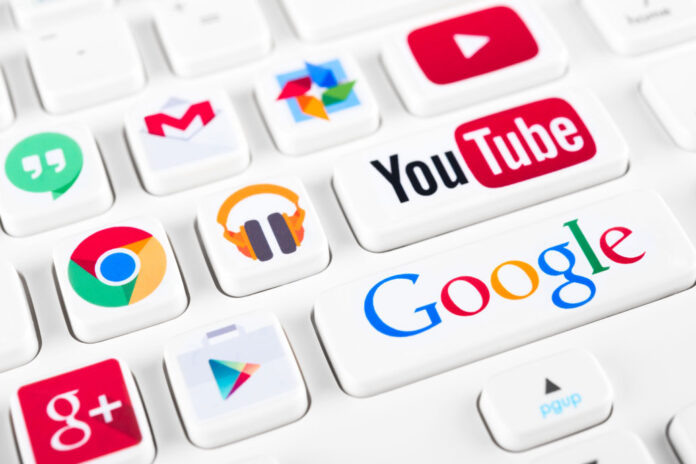Think of a memorable moment in your life. Perhaps it was a personal achievement, a challenge overcome, or even an unexpected experience that changed your perspective. Now, imagine if your brand could evoke that same type of emotion in your audience. Stories have that power: they connect, inspire, and, most importantly, create identification.
For example, Always' #LikeAGirl campaign challenged gender stereotypes by transforming a derogatory expression into a symbol of strength and confidence. By showing girls performing activities with determination, the brand inspired young women to take pride in their identity, promoting self-esteem and female empowerment.
Dove launched a campaign in which a forensic artist drew women based on their own descriptions and then based on descriptions from others. The results showed that women tend to view themselves more critically than others see them. The initiative helped many women recognize their own beauty and improve their self-esteem.
When it comes to storytelling, Nike is a brilliant example. Its campaigns don't just sell products; they sell dreams, courage, and overcoming. By sharing stories of athletes who defied all odds, Nike inspires millions of people around the world. Those who see these stories don't just think "I want a pair of Nike shoes," but "I want to be part of this movement."
We human beings are naturally drawn to stories. They transcend words and facts; they touch our essence, evoke memories, and create emotional connections. In the world of brands, this path is a powerful tool. Telling a good story, besides being a differentiator, allows for building a deep and lasting relationship with the audience.
For example, when you share the story of a customer who achieved their dreams using your product, you are not only promoting your brand but showing that it is part of something bigger: someone's journey of overcoming.
Want to create stories that truly resonate? The first step is to understand who your audience is. What are their pains, desires, and values? The more you know about them, the more relevant and impactful your narrative will be.
- Research: use market analysis tools, social media, and surveys to discover what motivates your audience.
- Empathy is key: put yourself in your audience's shoes. How would you feel upon hearing the story? Does it make sense? Is it inspiring?
When you know your audience in depth, you can create messages that seem tailor-made—and that personalization is what transforms simple words into emotions.
Create a hero's journey
Every good story has a hero, and in the brand universe, that hero is your customer. They should be the protagonist, facing challenges and overcoming them with the help of what you offer. This approach creates a powerful emotional connection because it shows that your brand is not just a supplier of products or services, but a partner in their journey.
- The challenge: what problem is your customer facing?
- The solution: how does your brand help overcome this challenge?
- The transformation: what is the end result? How does your customer feel after the experience with your brand?
This is the difference between promoting products and inspiring people
At the end of the day, brands that know how to tell good stories don't just sell more—they create legacies. They are remembered, shared, and loved. Therefore, the next time you think about a campaign or strategy, remember: it's not enough to talk about what you do. Tell a story that shows who you are and your importance.
So, how about starting today? Your brand has a lot to tell—and the world is waiting to hear it.


